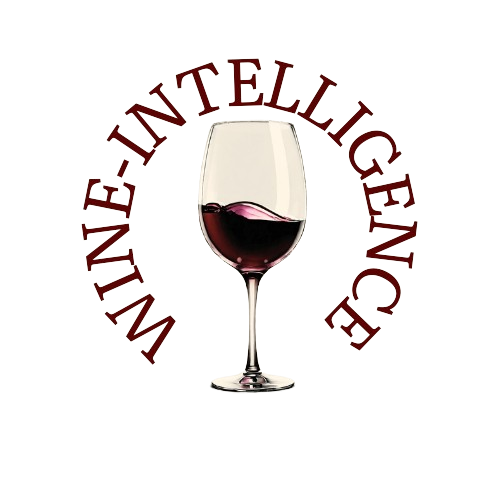The Indian government is poised to enact stricter regulations on alcohol advertising, aiming to expand the existing ban on direct advertising to include indirect forms such as event sponsorships and brand extensions.
This move comes at a pivotal time for the alcohol industry in India, which is experiencing significant growth driven by demographic shifts and rising incomes.
Current Landscape and Proposed Changes
As it stands, direct advertising of alcoholic beverages is prohibited in India. The forthcoming legislation seeks to close loopholes that allow for indirect promotions, including sponsorships of events and brand extensions that mimic alcoholic product marketing strategies. For instance, campaigns like Carlsberg’s promotion of Tuborg drinking water using slogans and imagery reminiscent of its beer advertisements would be prohibited under the new rules.
Industry Impact and Response
The potential impact on major players like Pernod Ricard, Diageo, and others cannot be understated. India ranks as the world's eighth-largest alcohol market by volume, valued at approximately USD 45 billion. For companies like Pernod Ricard, which derives over 10% of its global sales from India, the market is strategically crucial. The CEO has emphasized India as a "must-play" market, highlighting the competitive stakes involved.
Competitors such as Diageo’s United Spirits are also deeply entrenched in the market, with significant investments in brand visibility and consumer engagement strategies. The proposed restrictions could force a reevaluation of their marketing approaches, particularly concerning non-alcoholic products that bear similarities to their alcoholic counterparts.
Consumer Dynamics and Public Health Considerations
The trajectory of alcohol consumption in India underscores the broader implications of these regulatory changes. The World Health Organization predicts a rise in per capita alcohol consumption, driven by an expanding and increasingly affluent population. Balancing economic opportunities with public health concerns remains a pivotal challenge for policymakers.
Regulatory Intent and Enforcement Challenges
Nidhi Khare, a senior government official, has indicated that heavy fines and endorsement bans await violators of the new regulations. These penalties are designed to deter misleading advertising practices and ensure compliance with the spirit of the law. The government's stance reflects a commitment to curbing indirect advertising tactics that circumvent existing bans.
Industry Response and Future Strategies
Members of the International Wine and Spirits Association of India have expressed willingness to collaborate with authorities to develop compliant brand extension strategies. This cooperation underscores a proactive approach to navigating regulatory changes while maintaining market competitiveness.
Conclusion
The impending tightening of alcohol advertising laws in India marks a significant regulatory shift with profound implications for industry dynamics and consumer behavior. As stakeholders brace for these changes, the balancing act between economic imperatives and public health objectives will continue to shape the evolution of alcohol marketing in the country.
In summary, while the regulatory landscape is set to become more stringent, it also presents an opportunity for industry innovation and responsible marketing practices that align with evolving societal expectations and regulatory frameworks.
Source: Yahoo Finance

